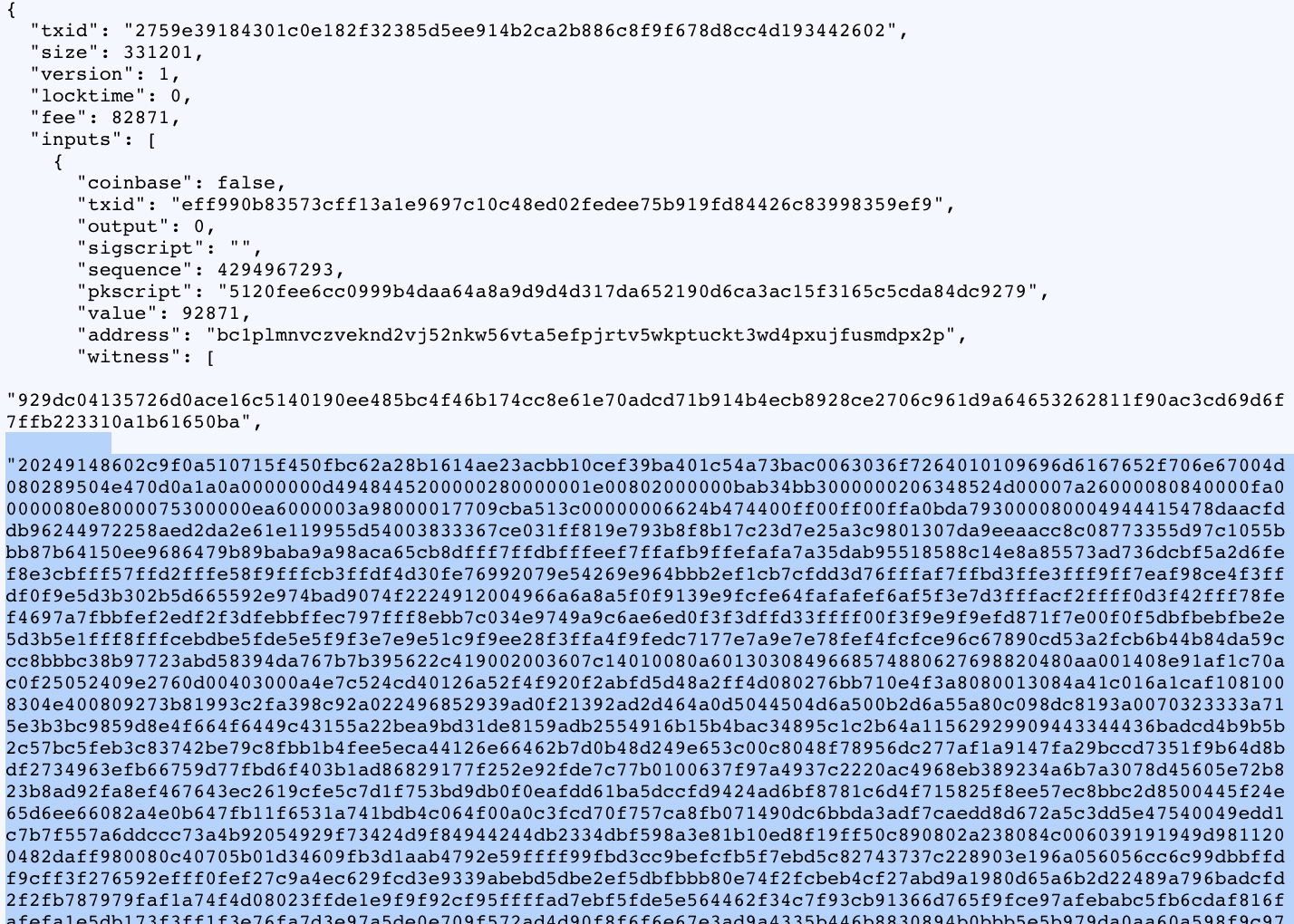Bitcoin now has NFTs and they’re completely on-chain and they can be as much as 4MB of data, allowing for short videos and even the Satoshi whitepaper to be published on the blockchain.
This may allow the crypto to compete with ethereum, which dominates on NFTs and by far, but some are not happy.
Adam Back, the CEO of Blockstream which hires many bitcoin developers, went as far as to call for censorship.
“It’s also fair game for miners to censor the crap as a form of discouragement,” Back said in a now deleted tweet.
“I retracted/deleted that as it was stupid and getting misinterpreted,” he said, arguing instead that “we can educate and encourage developers who care about bitcoin’s use-case to either not do that, or do it in a prunable space-efficient eg time-stamp way.”
The current way done by Ordinals is to store the data on the part of the transaction that is meant to hold segregated witnesses.
That provides a 75% discount on transaction fees to other data, making the minting of these NFTs very cheap, costing about $20 when they would cost as much as $140 in ethereum.
The data is also prunable in as far as they don’t have to be stored on UTXO – the transactions memory part of a node – although a synchronizing node has to download them.
The NFT in addition is a satoshi. Their serial number is used to differentiate them, allowing for the attribution of the data that was made possible by the Taproot upgrade in 2021.
This loophole was meant to potentially facilitate smart contracts on bitcoin, but is now being used for pictures of doge.

The NFT is a very long string of numbers and letters on-chain, with special software requires to translate it into an actual picture.
Ordinary transactions wouldn’t have the highlighted part, but modified software like Ordinal can input it.
The Ordinals website itself does not seem to have a marketplace, and as is usual with bitcoin projects, the site design leaves much to be desired as it looks very amateur.
But it lets you see the latest satoshi jpegs, with each paying miners for inclusion. Proponents therefore argue that this benefits the network as it adds to miner’s subsidy, but opponents argue that it is a very inefficient way of storing pictures.
Although considering these are immutable images, it is the most efficient way to store them for long term accessibility, with miners unlikely to censor as they’re paid fees.
Devs also might not change the feature because it is probably needed for Blockstream products, at least eventually.
So the very controversial Segwit upgrade has managed in the end to give dogecoin pictures a 75% network fee discount, while not quite achieving much else.
These pictures moreover have twice the storage available than ordinary transactions, 4MB rather than about 1.8MB, with bitcoin devs in the end so privileging a use case they don’t like.
Yet this can only add about 200GB of data a year, which can nonetheless be significant without a proper pruning mechanism.
Satoshi based assets however have not quite taken off. There have been many attempts, including Colored Coins, but bitcoin’s script language is too limited to really do much.
In addition the satoshi base of the asset, rather than its own token, also requires special software rather than just a bitcoin wallet. That may have contributed towards limited adoption.
The lack of a marketplace on Ordinals pretty much guarantees such lack of adoption for now, with uncertainties regarding what Blockstream might do making eth a far safer bet.
So a nice proof of concept, but arguably not a real NFT as it is not a token but a bitcoin dressed with jpegs, which for some makes it no different but does make it a lot more clunky.
- SEO Powered Content & PR Distribution. Get Amplified Today.
- Platoblockchain. Web3 Metaverse Intelligence. Knowledge Amplified. Access Here.
- Source: https://www.trustnodes.com/2023/01/30/taproot-based-bitcoin-nfts-spark-controversy